A new book challenging the long-held belief that children need milk in order to grow up big and strong has been making waves in the world of nutrition. In her book Got Milked? Alissa Hamilton takes the dairy industry to task for its aggressive marketing of milk products as being essential to healthy development, which is actually contrary to much of the research on the topic.
Depending on the age of your child, Health Canada recommends a daily intake of up to 1300 mg of calcium per day. With upwards of 60% of the North American population being lactose intolerant, there are other ways to get your daily calcium in if you can’t or choose not to consume dairy products.
Whole milk, most often recommended for children, contains 276 mg of calcium per 1-cup serving. Here’s how other non-dairy foods compare.
1. Sardines

photo: suanie
Canned sardines not only pack more calcium per cup than milk—a whopping 569 mg of calcium—they’re also a great source of omega-3 fatty acids as well as vitamin D. Look for the canned variety with bones in order to get the most nutrition benefits.
2. Collard Greens
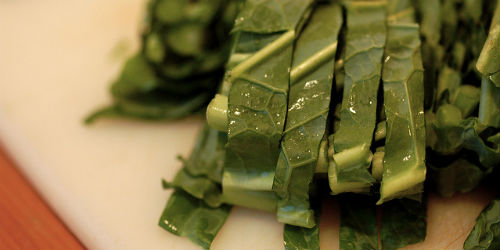
photo: jacqueline
One cup of cooked collard greens contains 282 mg of calcium—nearly as much as a glass of milk. Plus, it’s packed with other vitamins such A and C and is low in calories. Other leafy greens such as kale, Swiss chard and even parsley also contain good amounts of calcium.
3. Rapini
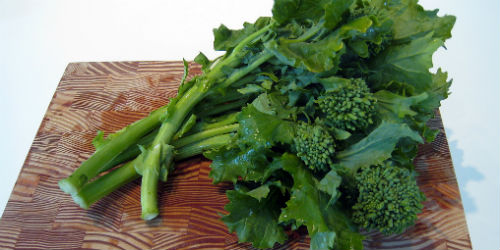
photo: William Jones
Also known as broccoli rabe, rapini is a slightly bitter green used frequently in Italian cooking that contains 516 mg of calcium per cooked bunch. Be sure to blanch it before adding to recipes in order to cut down on the bitter flavour.
Rapini is delightful simply sauteed in olive oil and garlic with a finishing squeeze of lemon juice.
4. Salmon
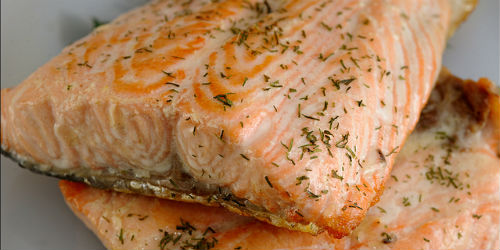
photo: Roger Ferrer Ibáñez
Like sardines, look for canned salmon that contains bones for the most calcium. One can of sockeye salmon contains 882 mg of calcium! That’s nearly an entire day’s worth. It’s also an affordable and portable source of protein that will keep little bellies feeling full longer.
5. Edamame

photo: Carrie T
A popular appetizer at Japanese restaurants, these boiled and lightly salted soybeans contain 97.6 mg of calcium per cup while also helping you get in your daily fibre intake as well. It’s also one of the few vegetarian sources of complete protein (along with quinoa).
6. Figs

photo: Xerones
Not everyone enjoys the taste and texture of figs, but they’re worth adding to your diet if you’re worried about your calcium intake. Just two medium figs contain 35 mg of calcium.
7. Tofu
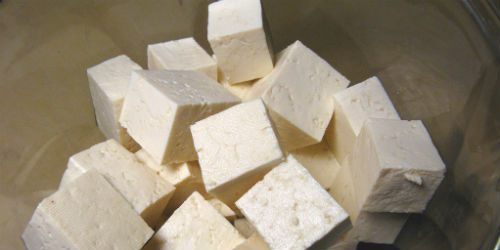
photo: I Believe I Can Fry
Firm tofu contains upwards of 861 mg of calcium per ½-cup serving and is also an excellent meat-free way to get additional protein into your diet. Make “chicken” fingers, stir-frys or vegetarian burgers with the firm or extra-firm variety. Tofu absorbs the flavour from spices and marinades very well.
8. Oranges
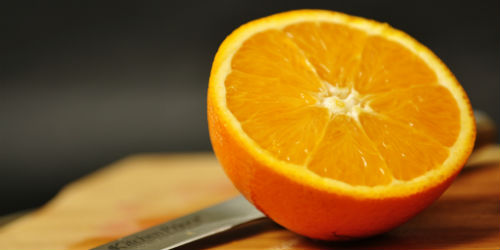
photo: Ahmad Nawawi
One navel orange contains 60.2 mg of calcium, and is a great way to also get some vitamin C, A, and fibre into your diet as well. Plus there’s something extremely satisfying about getting the perfect peel, right?
9. White Beans
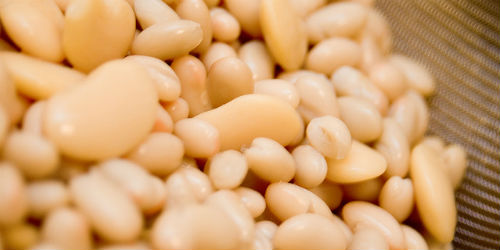
photo: Joshua Bousel
One cup of white beans contains 191 mg of calcium, as well as 13 g of fibre and 19 g of protein. Add them to soups, stews, and salads or make a dip or spread.
10. Almonds
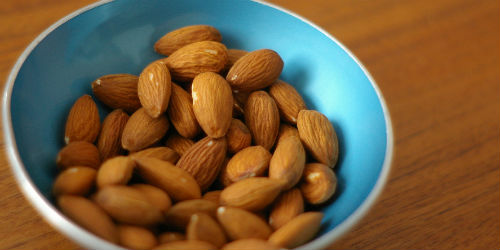
photo: dan iggers
One cup of dry roasted almonds provides 367 mg of calcium, and also contains a healthy dose of good fats, iron, and vitamin E. Add a handful to your sautéed greens to double up on your calcium-rich food sources, and pop a small container into your purse or your kids’ backpacks for a satisfying on-the-go snack.
Caitlin McCormack is a writer, editor and full-time mama to one cool little dude. When she’s not spending time at the park or working on recipes in the kitchen, you can find her lifting weights, growing her own veggies, or enjoying some precious time with her shift-working husband. Read her blog at Big City Mama or follow her on Twitter @Caitlin_Writes.
READ MORE LIKE THIS:
Looking ways to eat cleaner? Try reducing your sugar intake with these 7 natural alternatives to sugar.
Get inspired with 15 easy and healthy snacks for kids—great last-minute ideas for that home stretch between camp or school and dinnertime!
Every parent needs these 10 super-fast weeknight dinners in their aresenal!
Sign up for our newsletters to get parenting and family fun articles delivered to you!

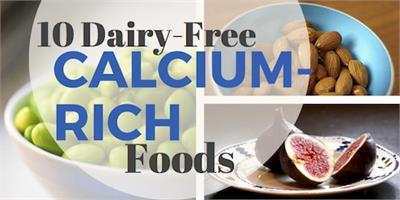
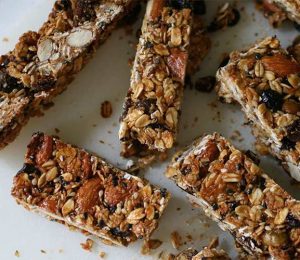


Foods rich in calcium can be roughly classified as follows: dairy products, soy products, kelp and shrimp skins, animal solids, etc. However, at the same time as calcium supplementation, it is necessary to bask in the sun to help the skin synthesize vitamin D and promote calcium absorption. In addition, there is sour horn, which is known as “the king of calcium”. Many people think that the most abundant calcium is milk. In fact, the most abundant calcium in daily food is sesame sauce. The calcium content per 100 grams of sesame sauce is 1057 mg.